News from JLC
Classroom Routines using Italian, Maths, Spelling, Class Sport & Speaking and Listening

News from JLC
Classroom Routines using Italian, Maths, Spelling, Class Sport & Speaking and Listening
The children in the Junior Learning Community are quickly adapting to a new routine and are enjoying our start to the day. Routines help children feel safe, reduce stress, feel organised and help build healthy habits. In JLC, our routines are well planned, regular and predictable.
It is at this time that we practise our Italian. At St Bridget’s, the students and teachers are co-learners of the Italian language. This means that there is a connection between the students and teachers as we embark on learning the language together.
Each morning the children prepare for prayer. We start with the Lord’s Prayer (Il Padre Nostro) in Italian and we have just started to learn The Hail Mary (Ave Maria) in Italian.
Following prayer, the roll is called in Italian and the children announce their presence in Italian, this is followed by ‘Il Calendario’ (our daily calendar).
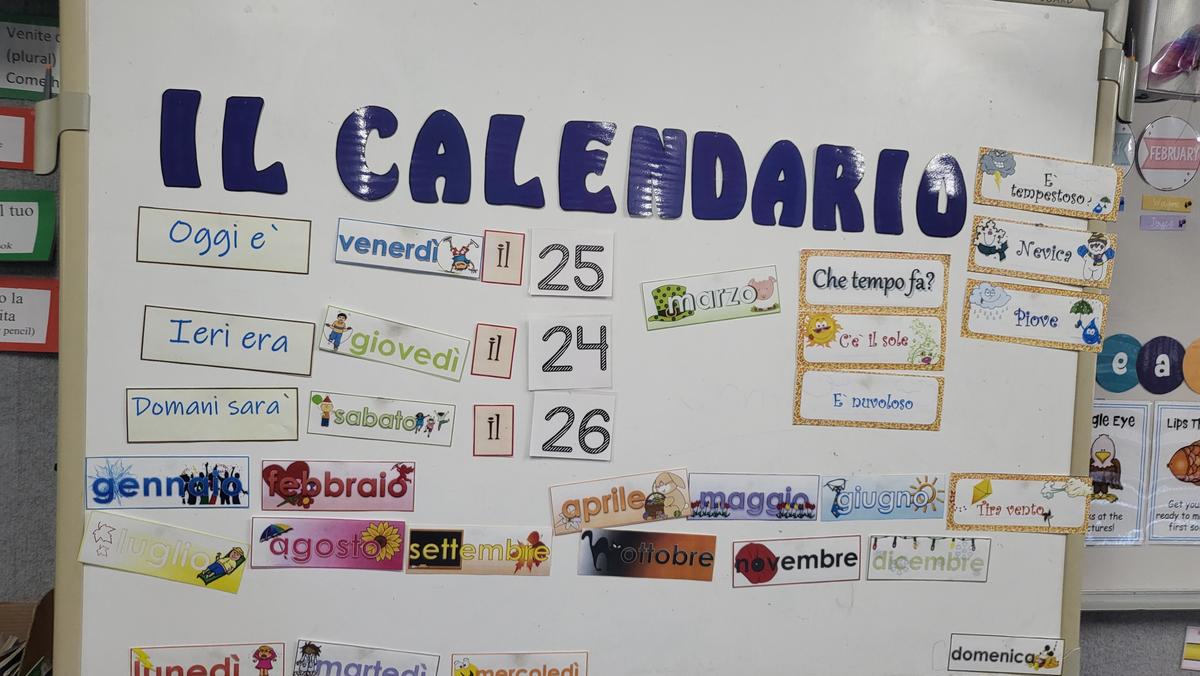



The children take turns to work out the date in Italian. In doing so, they are revising days of the week, numbers 1 to 31 and months of the year. They also give a description of the daily weather by looking outside the window, hence revising words describing the weather. They love to show off their prowess in being able to vocalise the predicted maximum daily temperature.
During the last few weeks, the children in the Junior Learning Community have been learning how to tell the time using clocks in Maths. The concept of time can be a daunting prospect for children but teaching them about time from a young age is not only part of the curriculum but it also helps them understand the passing of time and how time is part of our everyday routine. Learning how to tell time can also help children with their motor and cognitive skills as well as their mathematical skills.
The children are learning to tell the time on both an analogue and a digital clock. While learning about the analogue clock, the children learnt about a circular faced-clock with the numbers one to twelve around the outside and two hands, a shorter one to measure hours and a longer one to measure minutes.

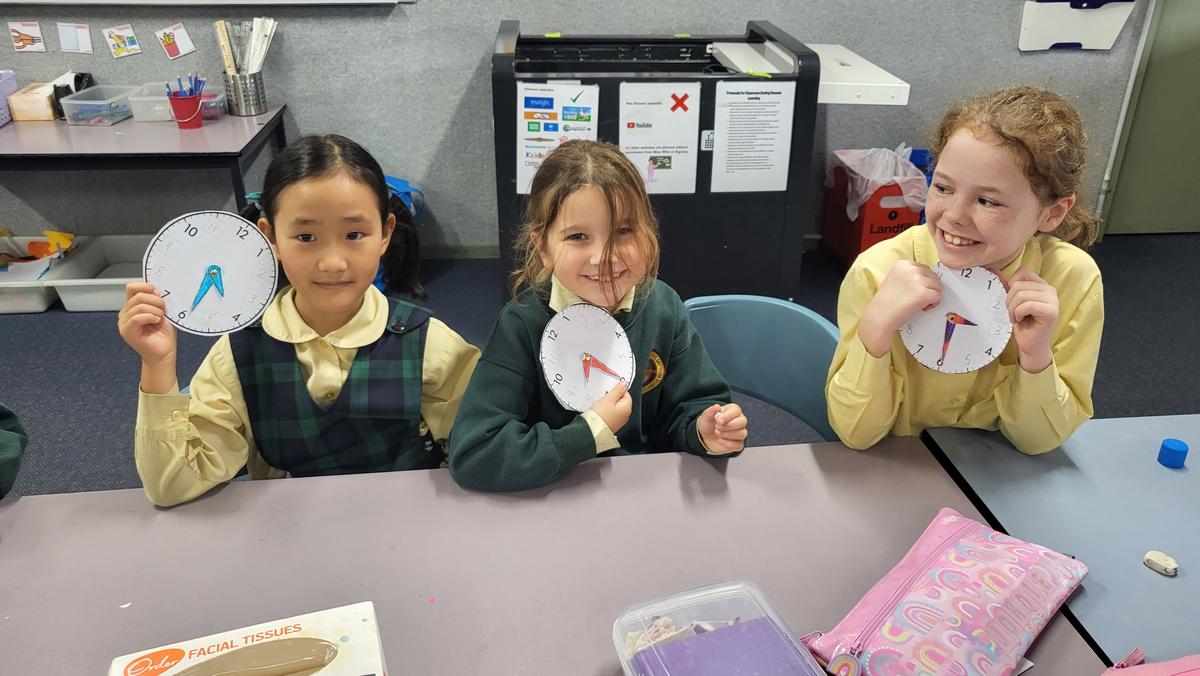




The children also learnt that between the numbers one to twelve there are increments of five minutes which show the time in multiples of five. The Year 1 children, concentrated on telling the time on the hour and half hour while the Year 2 children extended their learning to telling the time on the quarter hour and 5 minute increments. When learning to tell the time on a digital clock, the children could see that the clock simply shows the time indicated by digits. The children made their own clocks with moveable hands and enjoyed practising with a mix of asking what time it is and setting a time given to them.
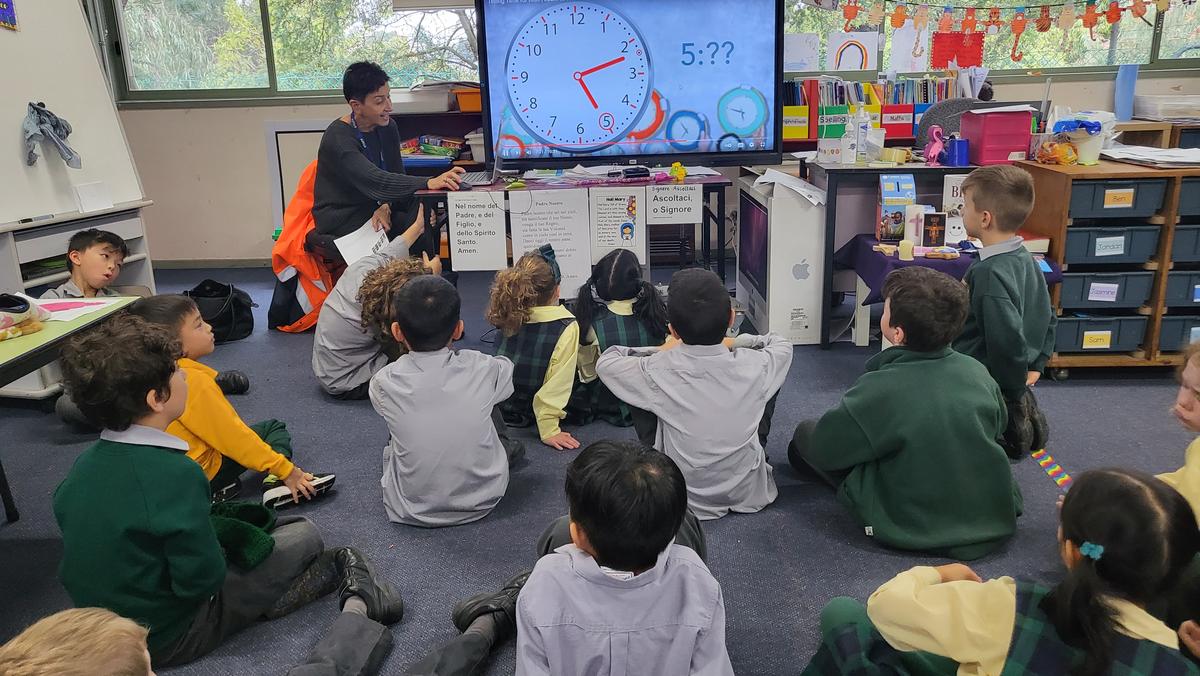
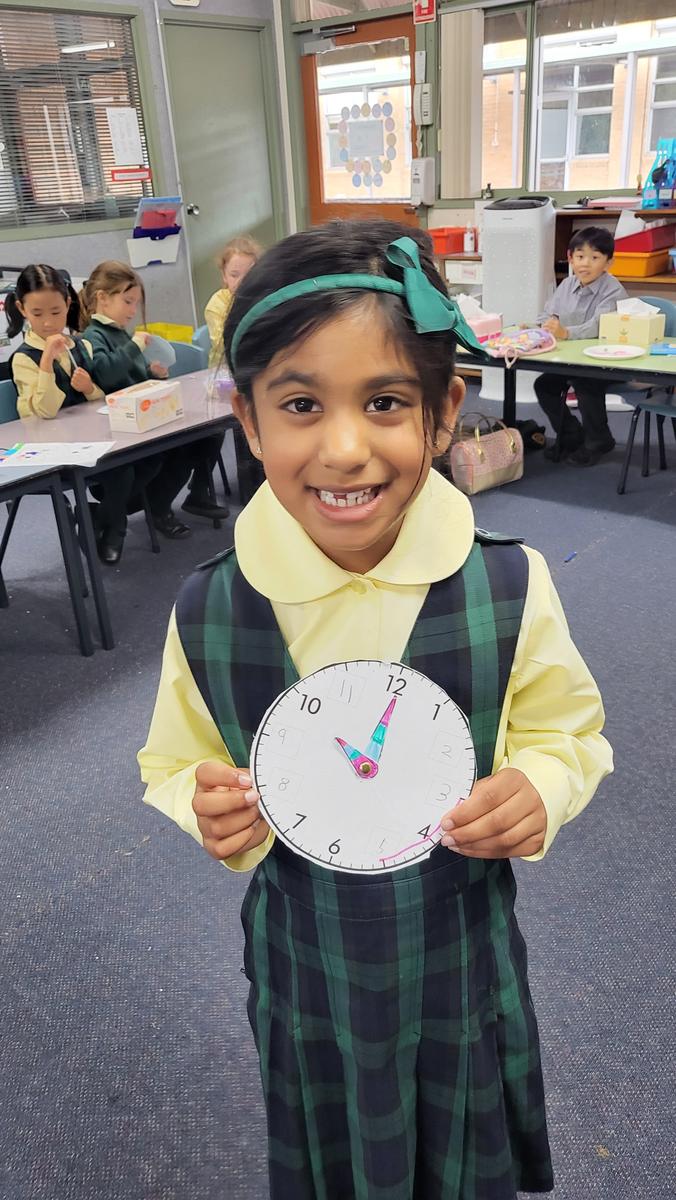


Speaking and Listening is a significant part of the JLC classroom and of any child’s formative years of education. The development of oral language skills and the ability to articulate, listen to and interpret a message is essential to daily life. Children are exposed to public speaking early on at school via daily Show and Share.
Show and Share encourages children to share personal stories and experiences in front of their peers, an audience with whom they feel comfortable. Show and Share also develops active listening skills which aids in the development of focus and comprehension, which are skills that are necessary for understanding print and visual text. Once students have presented their Show and Share, they answer questions from the audience and select a ‘Best Listener’ to receive Dojo Points which is our rewards system. A ‘Best Listener’ is a student who has demonstrated active listening skills such as sitting appropriately, making eye contact and remaining quiet and still.
Students also present at Assembly, which further develops their capacity to speak in front of a large audience. They present their interpretation of either the weekly Gospel or something they have been learning in the classroom. Students practise their presentation before Assembly which allows them to become familiar with where they need to stand, what they need to say and using the microphone.
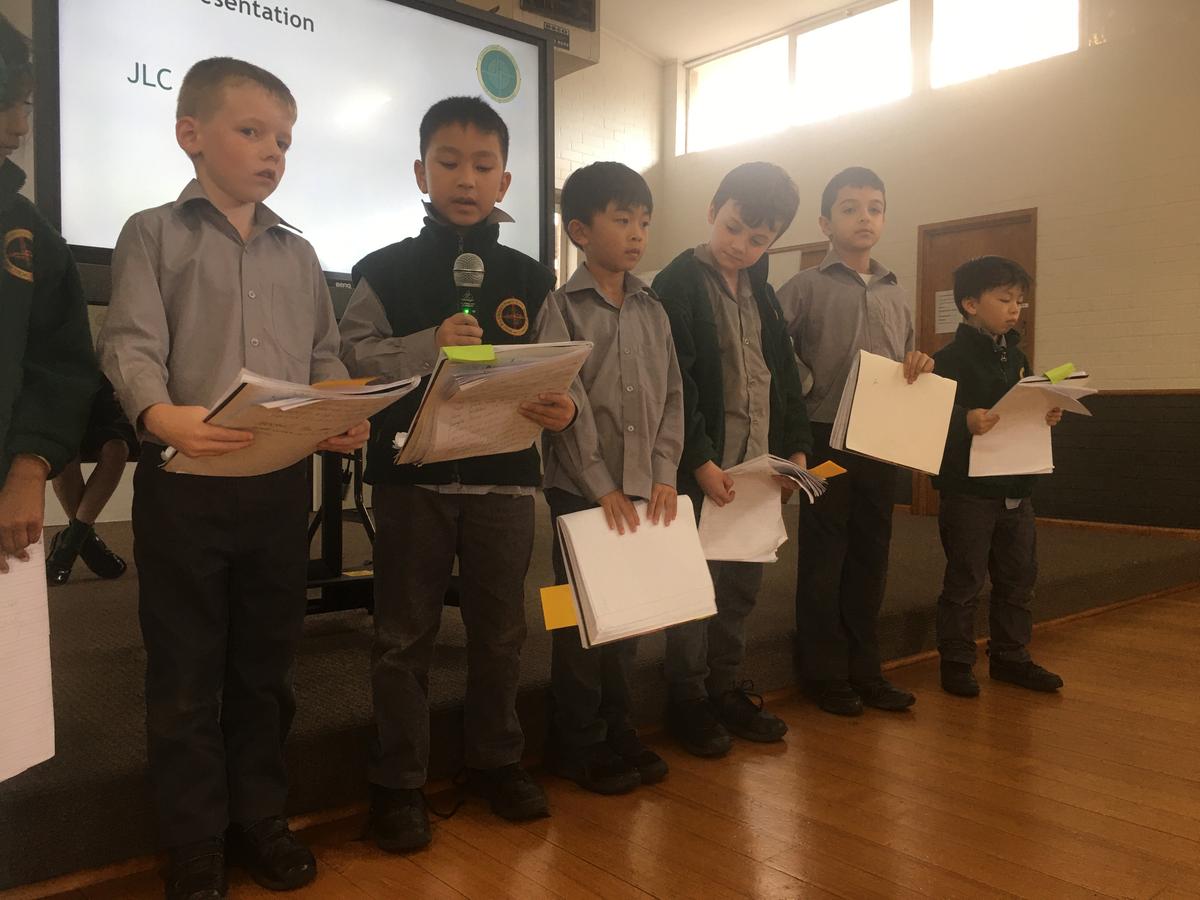
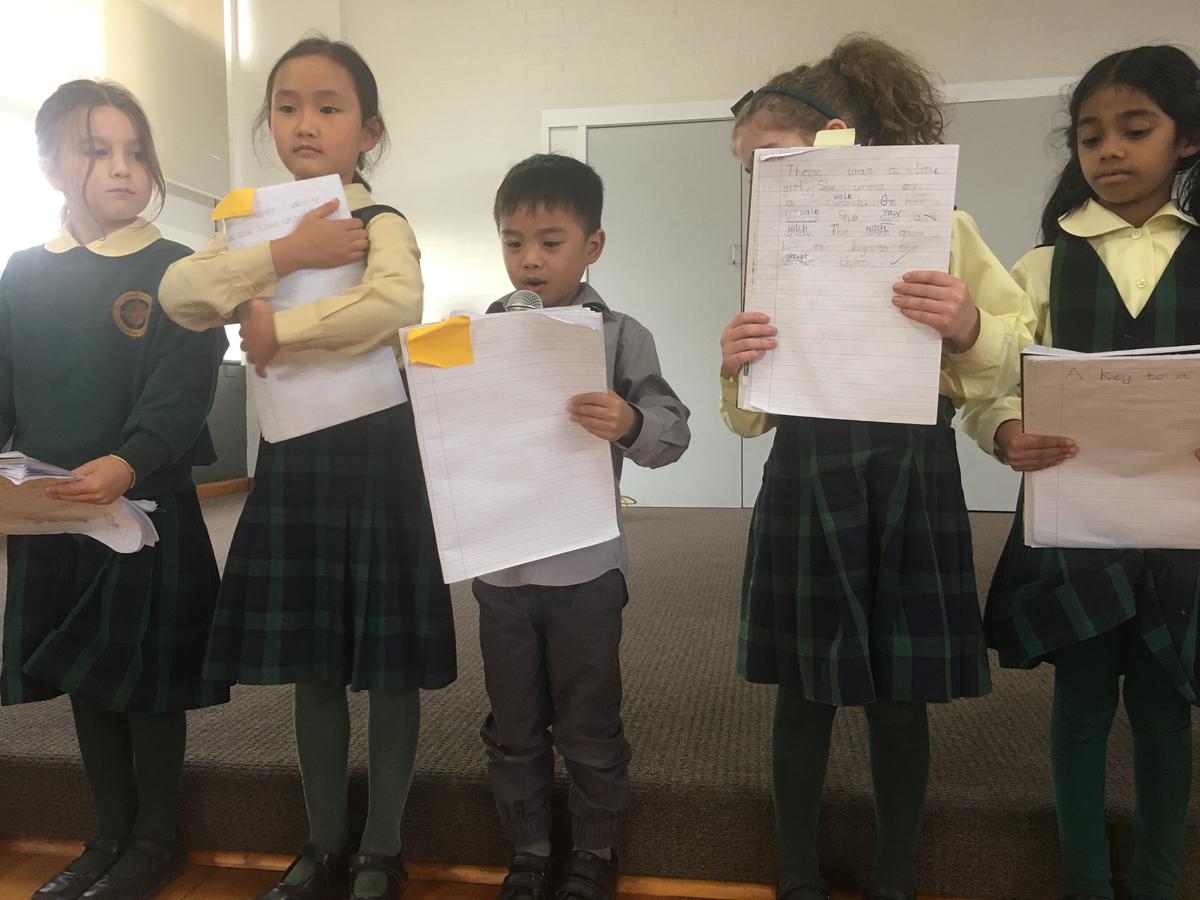
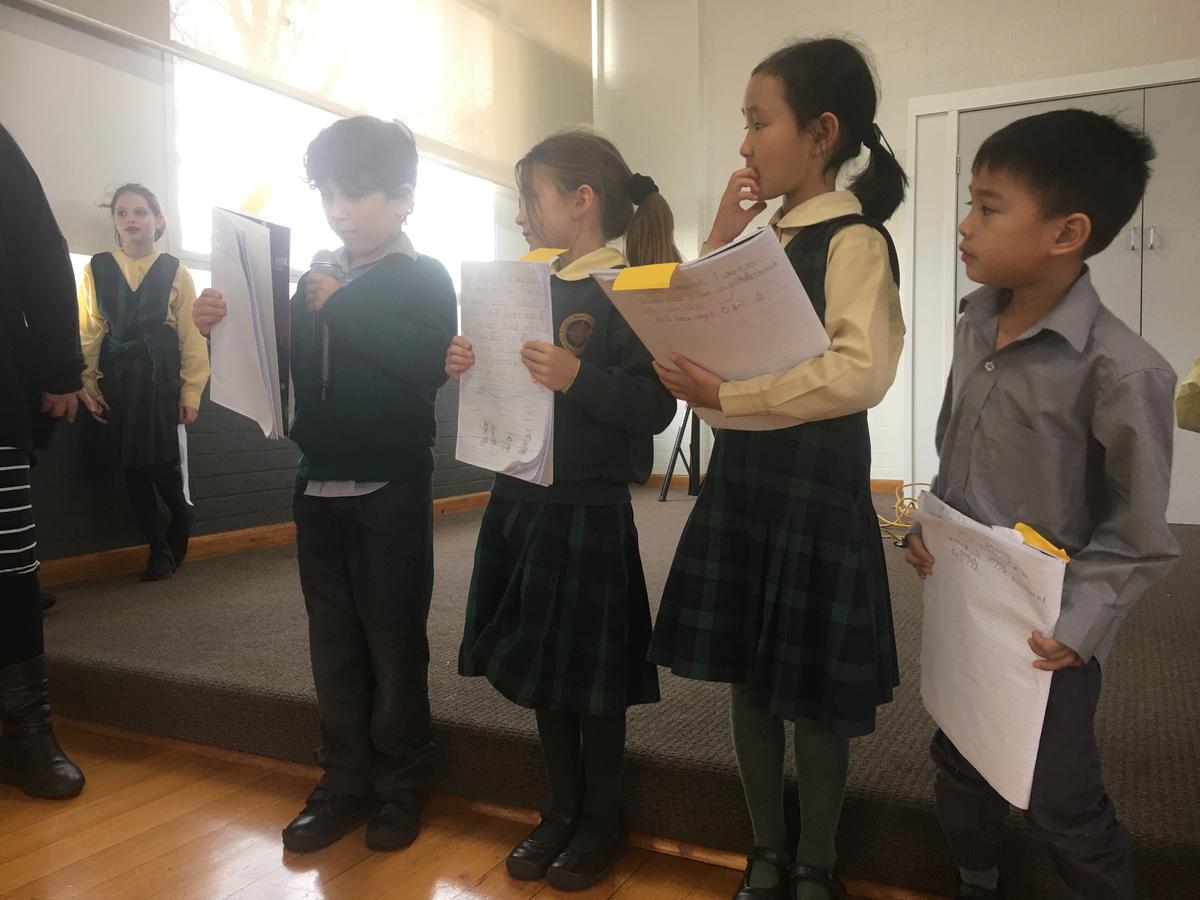



At the beginning of last term, the children in the Junior Learning Community were exposed to a new spelling approach which promises to be very effective.
The children have three to four lessons per week. They gain Phonemic awareness which is the ability to hear and manipulate phonemes (letter sounds). They also see the relationship between phoneme – grapheme which is the connection between the sound and the letters which blend together to represent the sound.
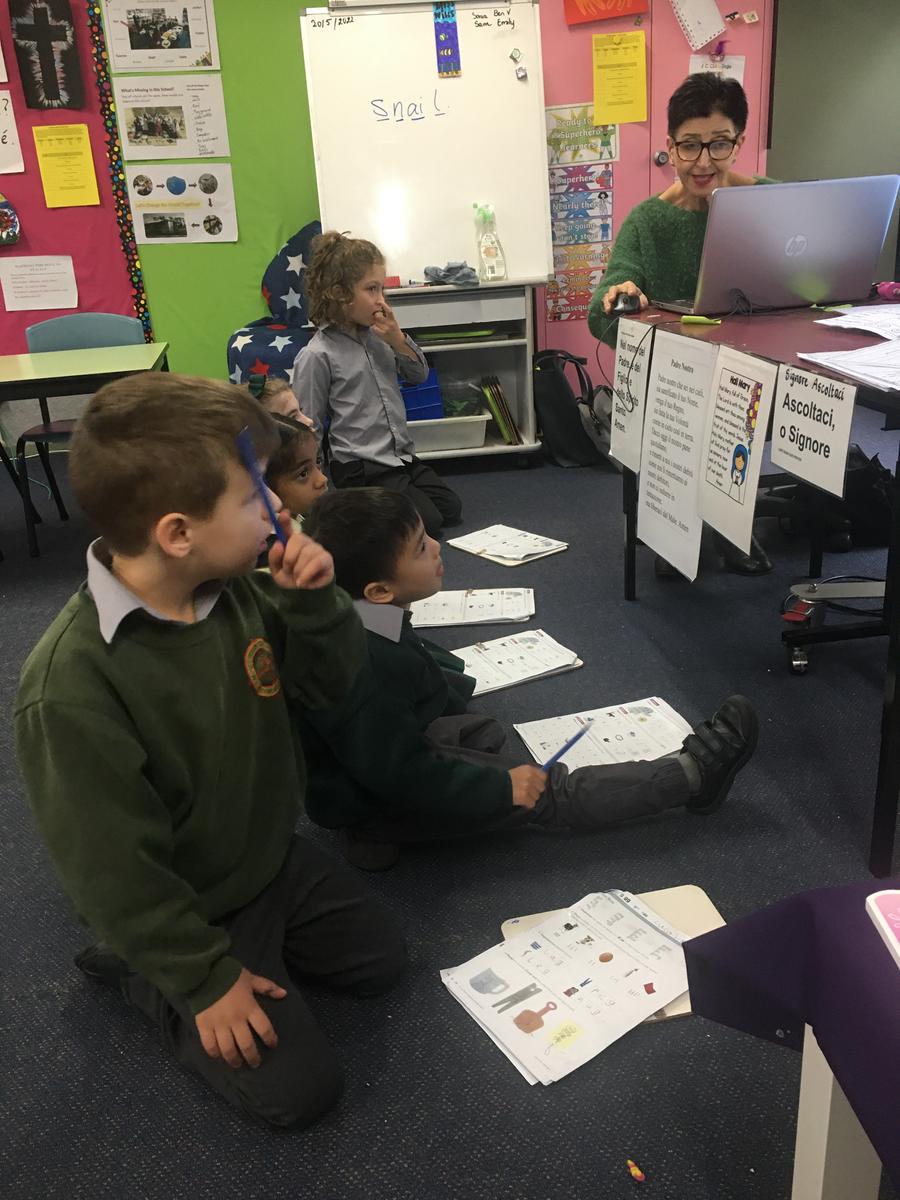
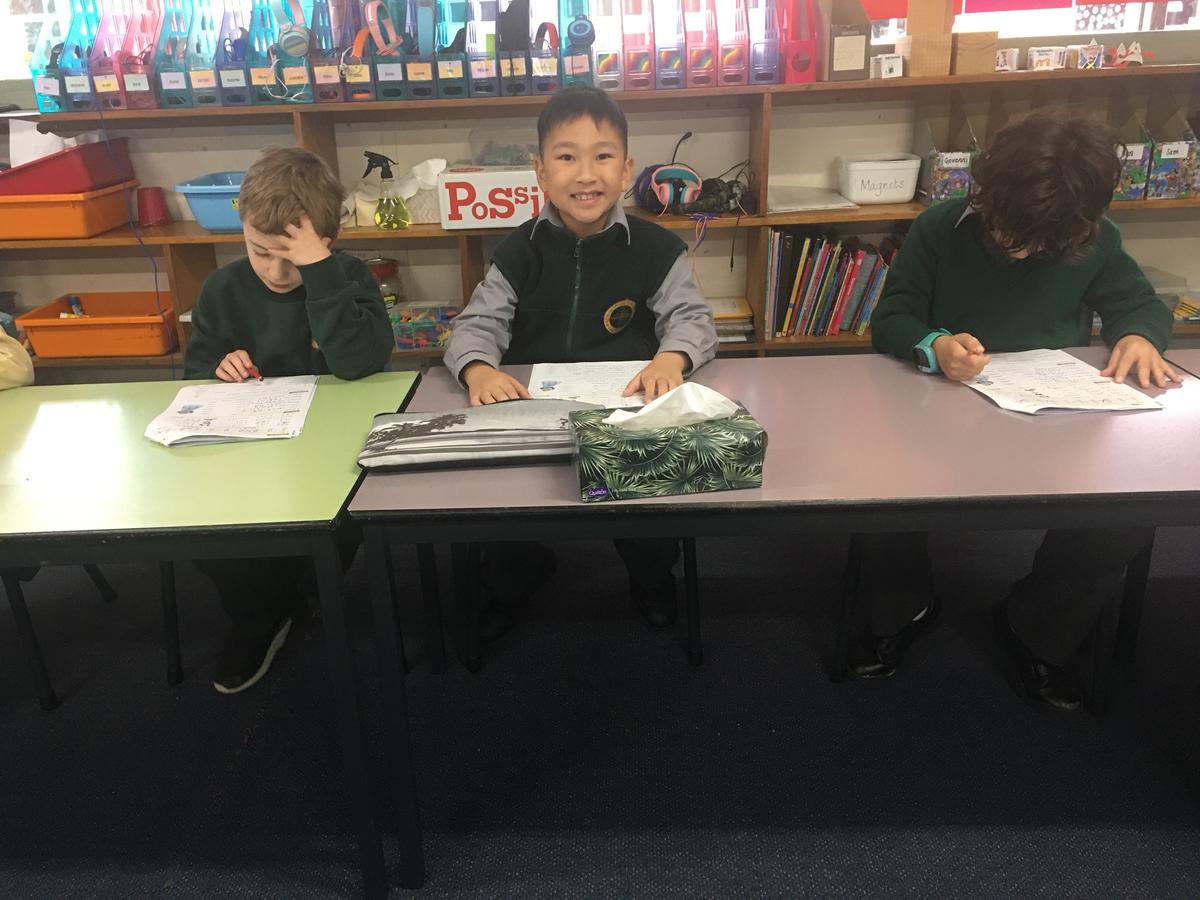

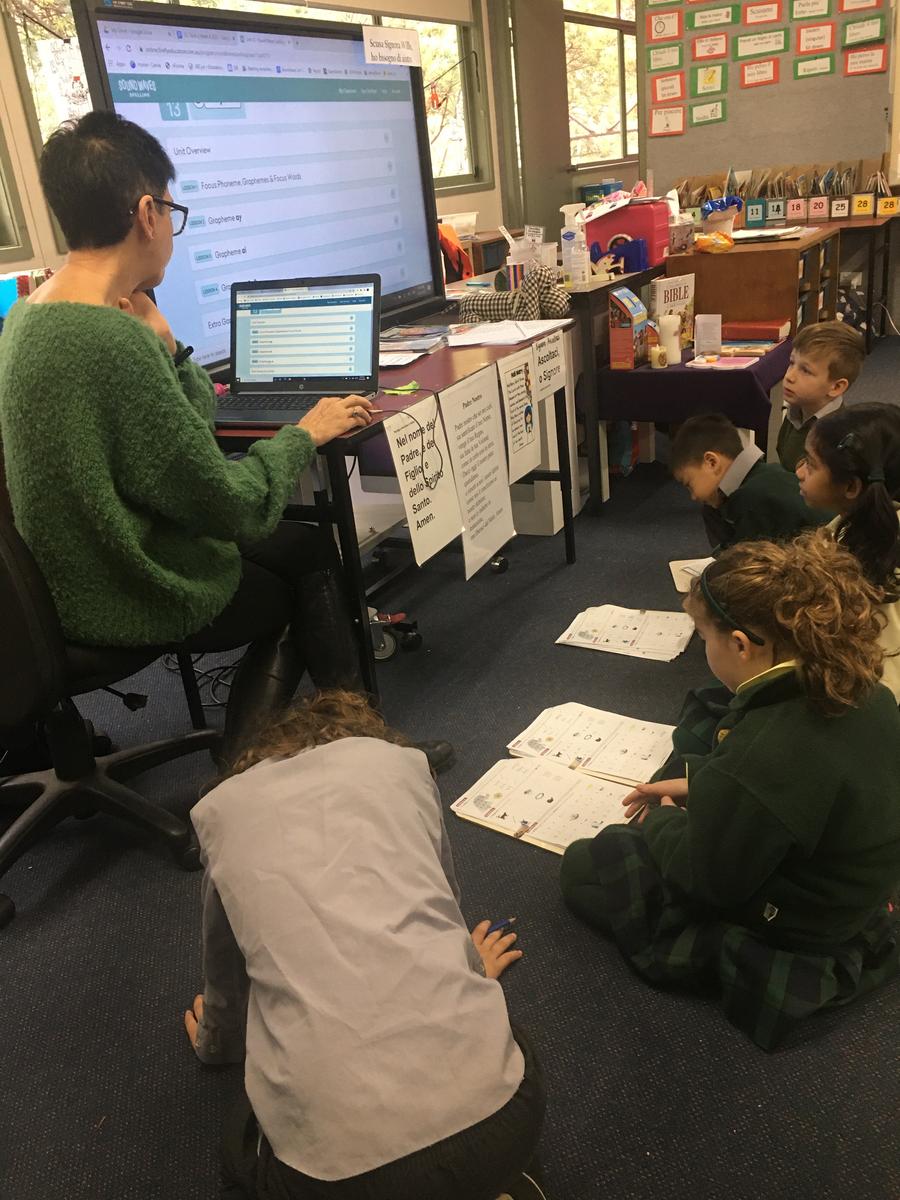




The children gain knowledge of the meaningful parts of the words such as prefixes and suffixes. During our lessons last term, the children have access to interactive slideshows that teach them to identify the 43 phonemes of the English language. The children are taught the most common graphemes (letters) used to represent each phoneme (sound) and how to spell words containing the focus phonemes (sounds) for that week. They complete spelling activities after each lesson to practise what they have been taught.
Having a Learning Support Officer in our classroom allows us to take small focus groups to further assist the children with the spelling activities and which in turn will improve both their reading and writing skills.
At the end of first term, the Junior Learning Community had some students from Xavier College completing their community service placement with us. They showed our children how to play Dodgeball and they really enjoy playing it now on Thursday afternoons during our class sport time.
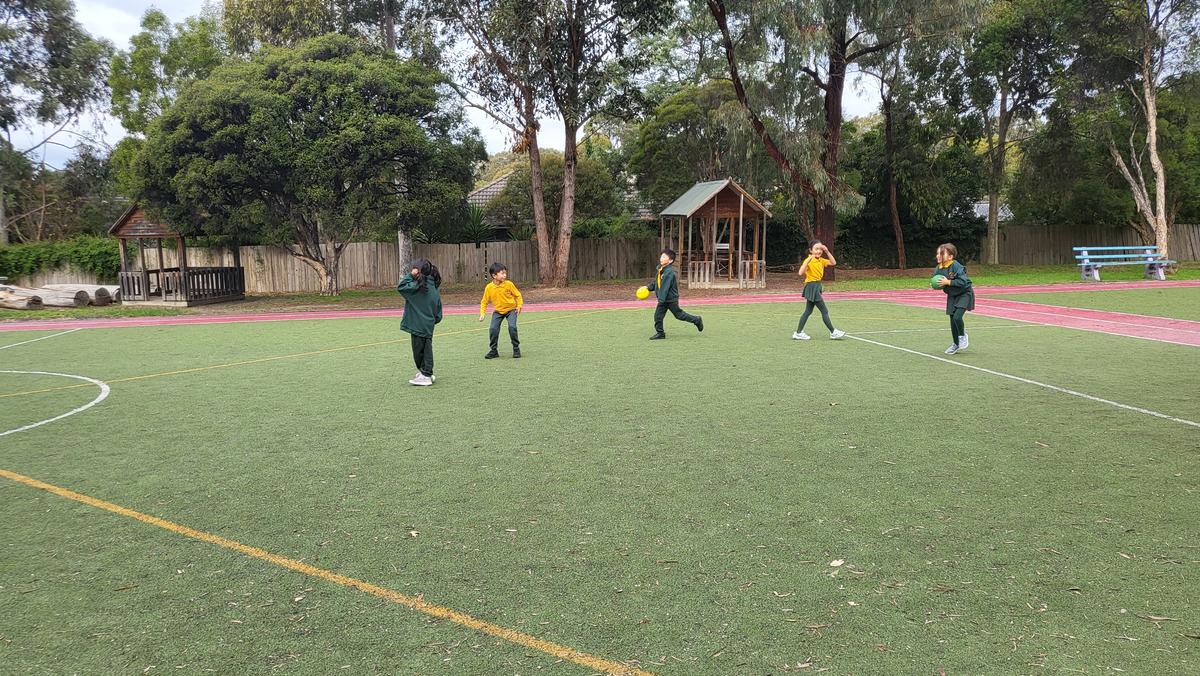

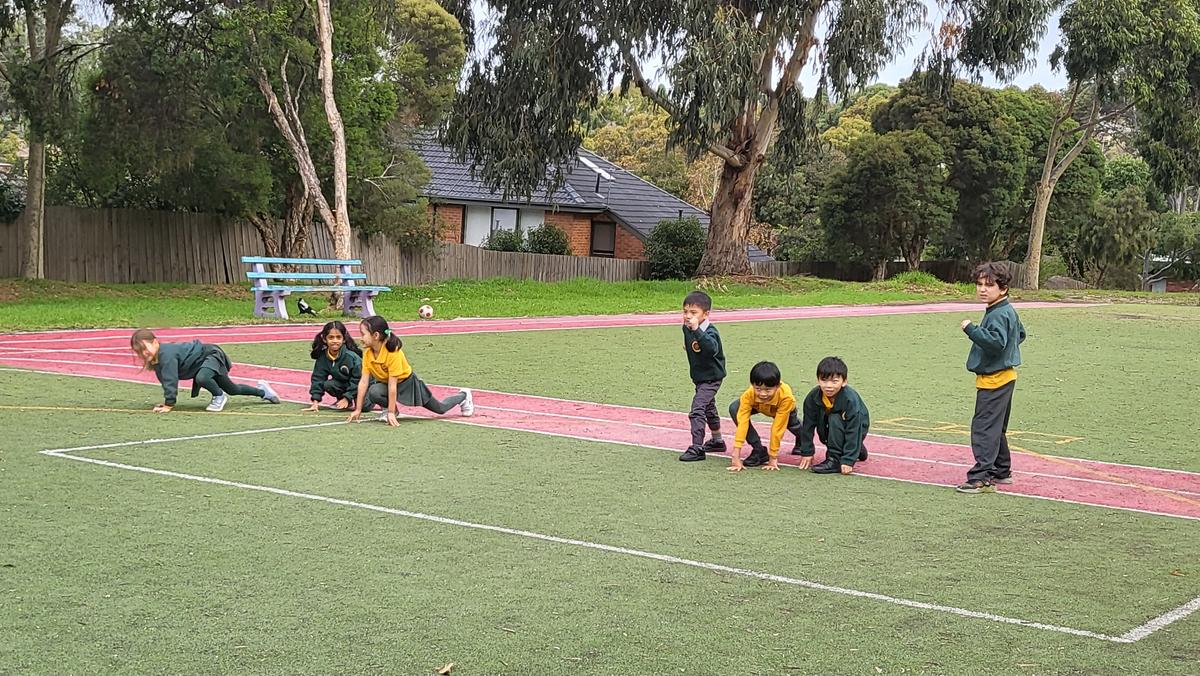

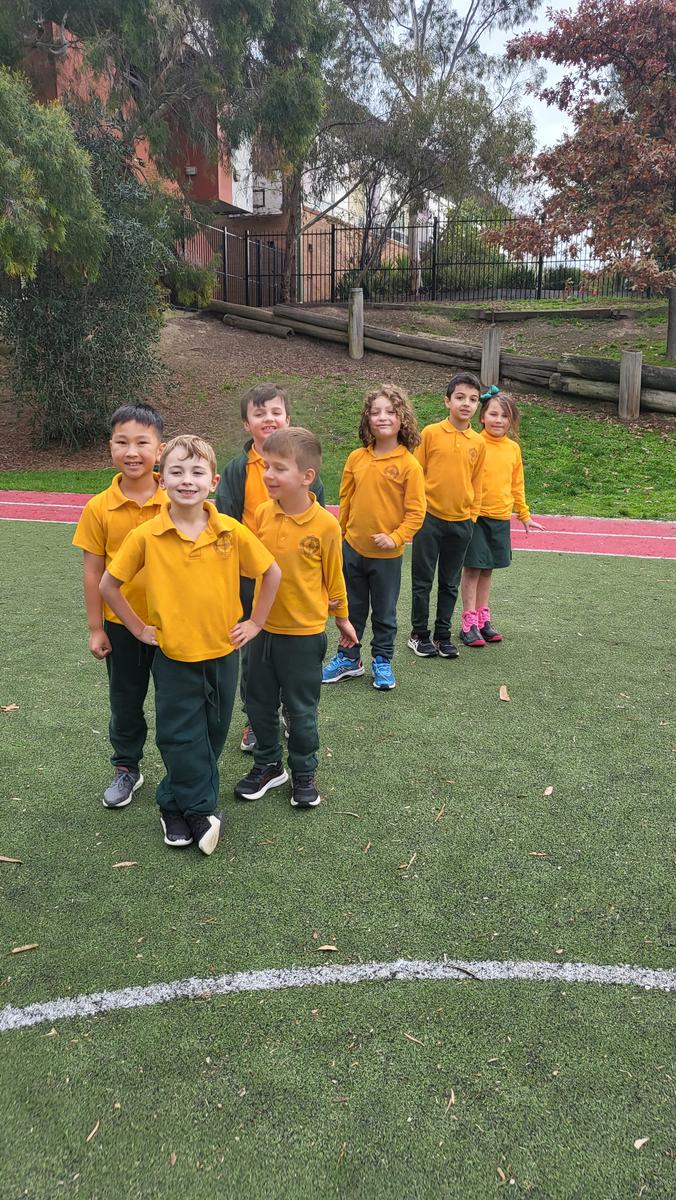





Dodgeball is a team game which is focused on inclusion and providing more children with the opportunity to be active. In a primary school setting, it is played with three small foam balls placed on a line. When the game starts, each player will race to try and grab a ball on the line. The player's that have a ball then throw the ball at the players on the other team. Players must dodge or catch balls thrown by the opposition whilst attempting to strike their opponents to get them out. To get a player out, a player is hit below the shoulder with a ball by a player on the other team. If someone catches a ball, a player on their team who is out, can come back into the game.

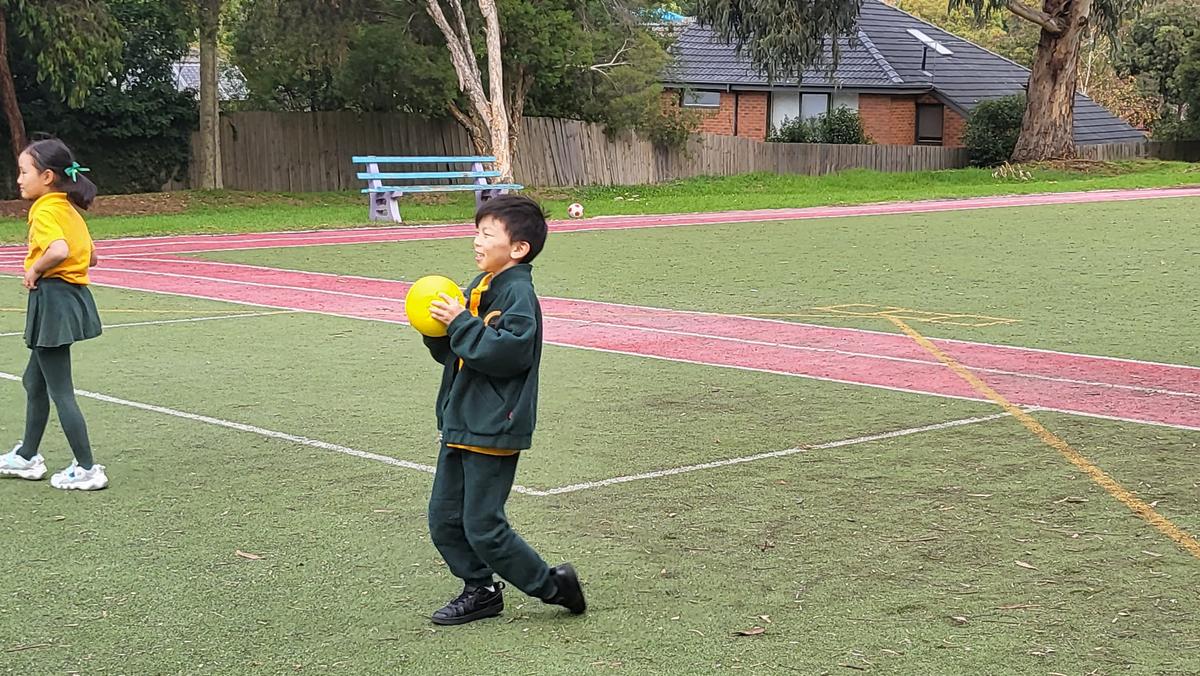
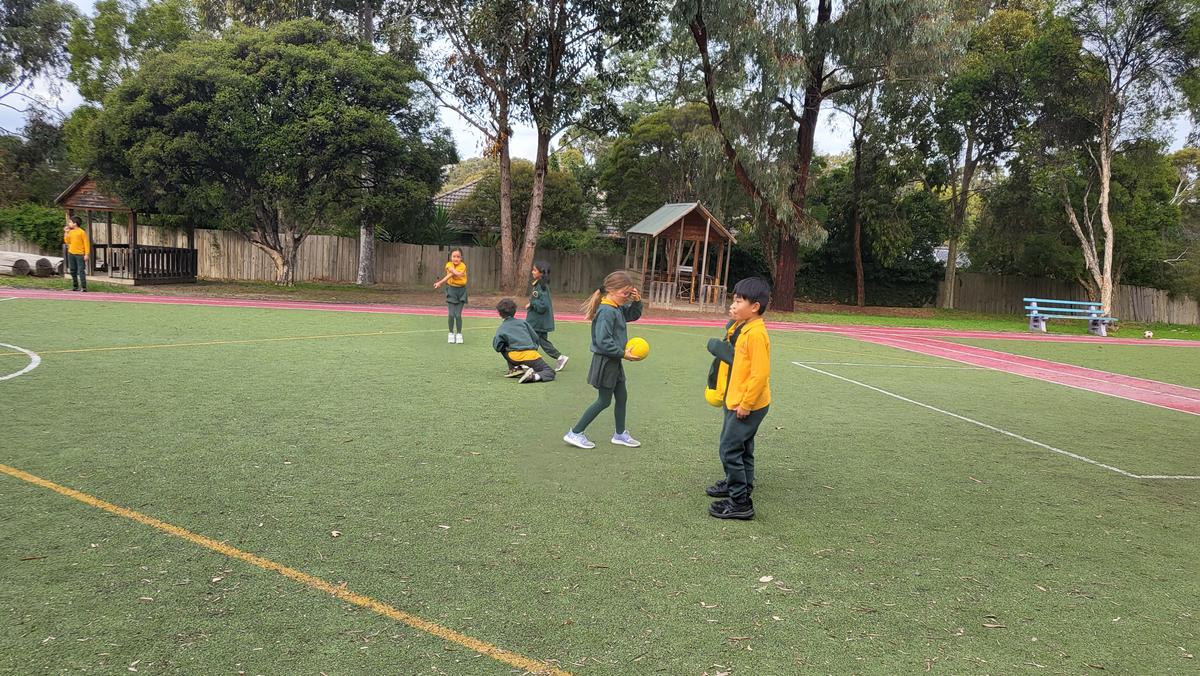

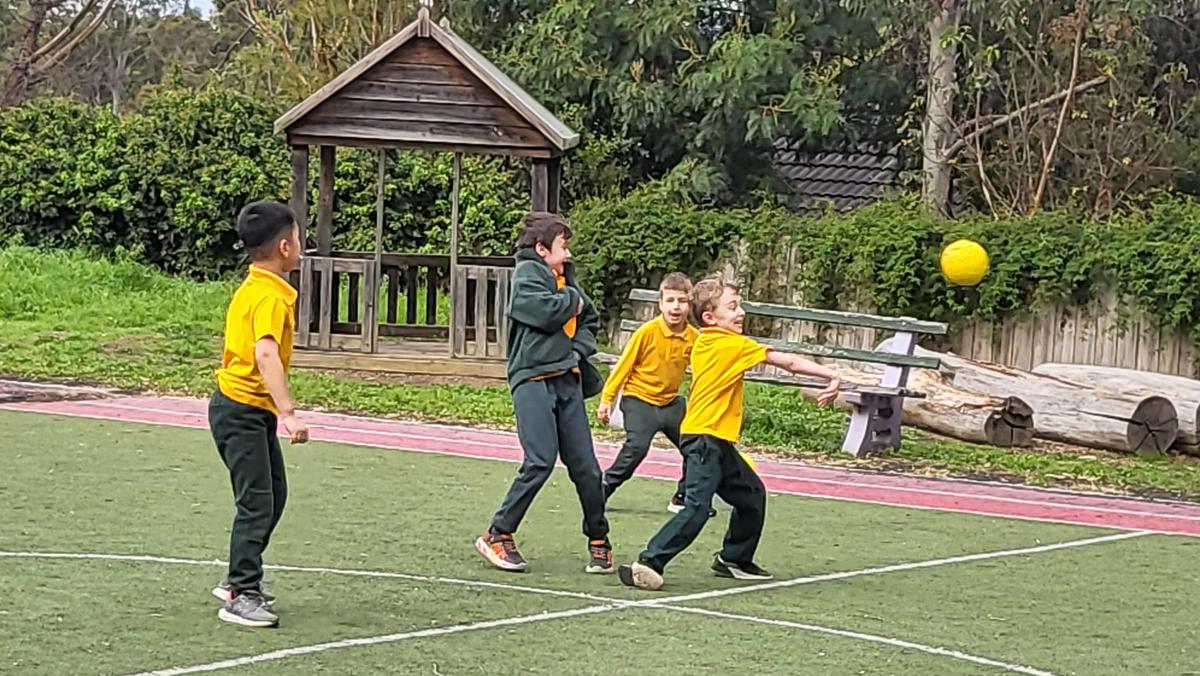





The children particularly enjoy the random calling of ‘Jail break’ once or twice during play, to enable all players back into the game. The team that has the last person standing is the winner. The children show great sportsmanship during play.
As part of Show and Share last term, the children were asked to present a simple experiment to the class. Amongst the experiments there was a light refraction experiment showing a glass filled with water bending the light and causing the arrow (that was drawn on a piece of paper) to face in the other direction.
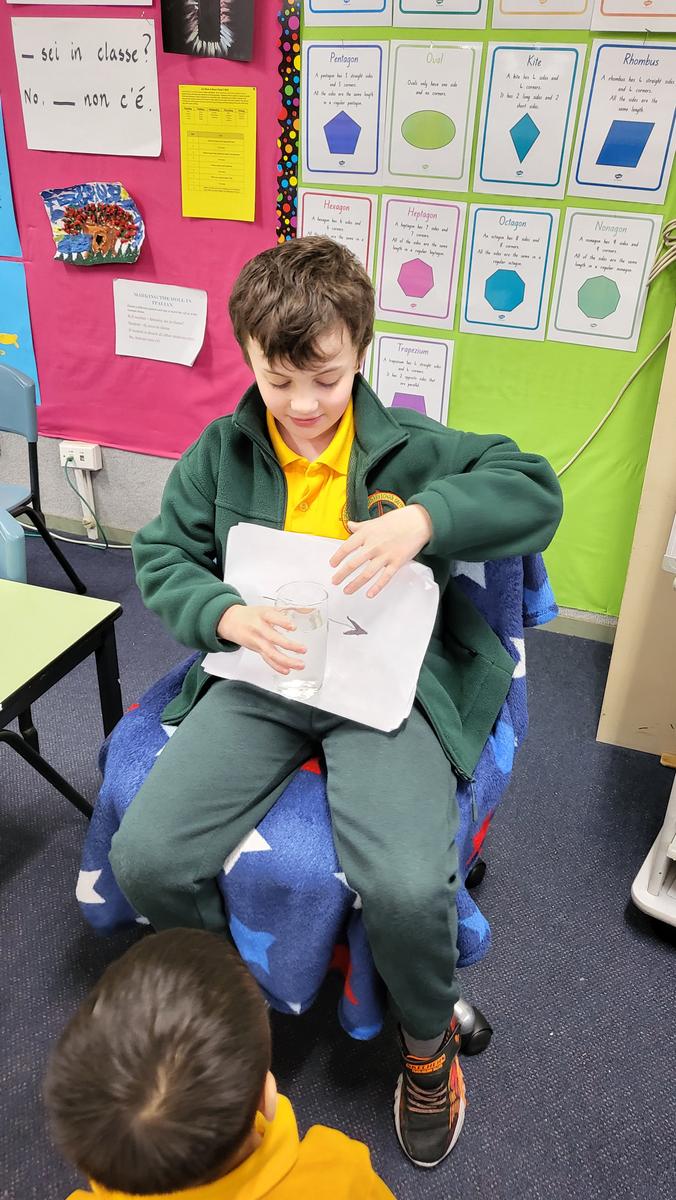
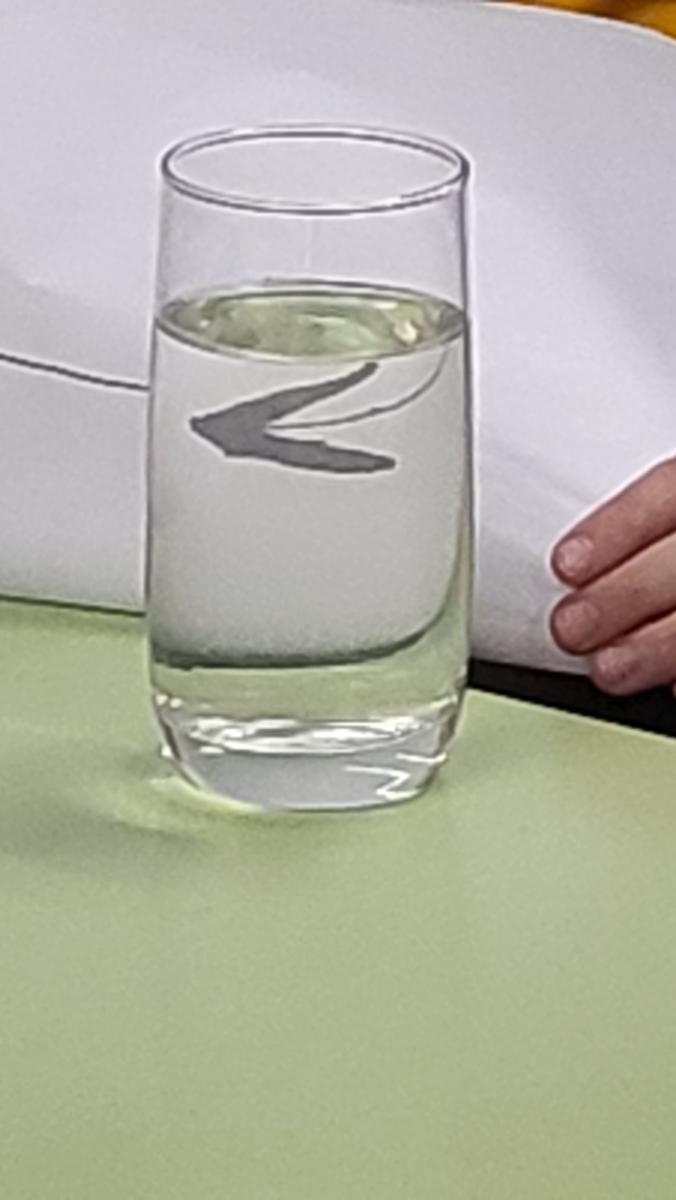
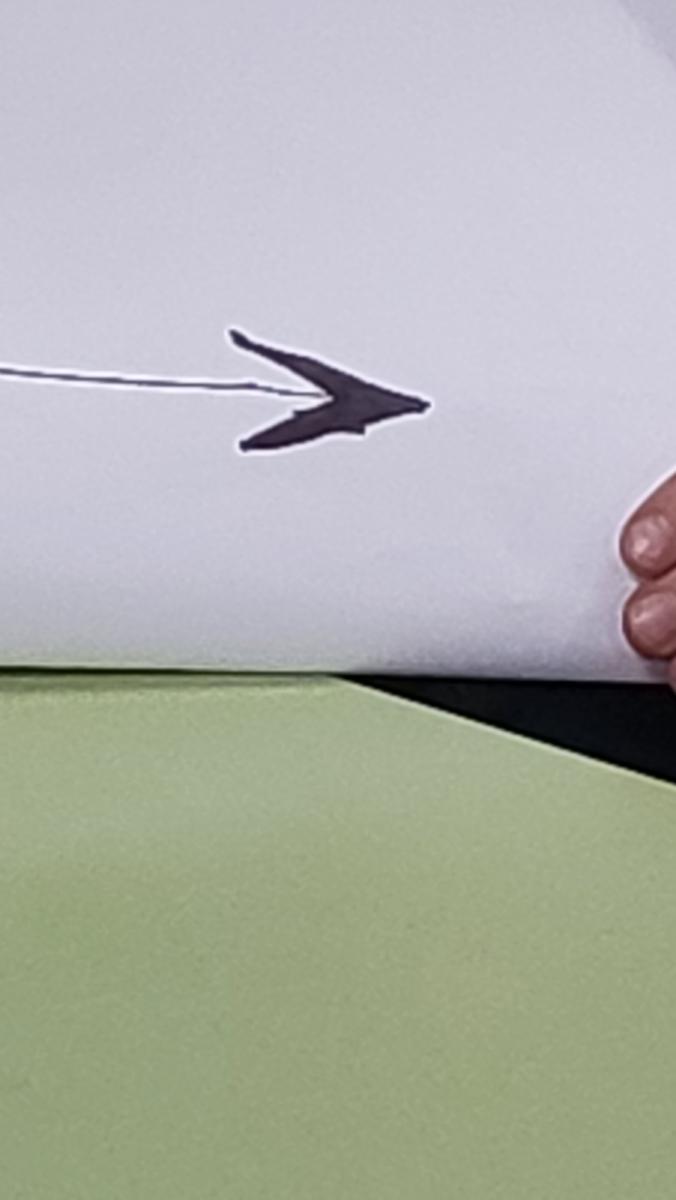



We saw the Mentos in a bottle of Coke experiment and the reaction of "whoosh", a sticky brown geyser shoots up out of the bottle.
The Egg in Vinegar experiment, where we saw the effects on an egg sitting in vinegar over a few days. When the egg was put in the vinegar, the vinegar started to bubble. This reaction created a gas called carbon dioxide. Over a few days, the carbon dioxide was responsible for dissolving the hard shell and leaving a thin, rubbery skin.
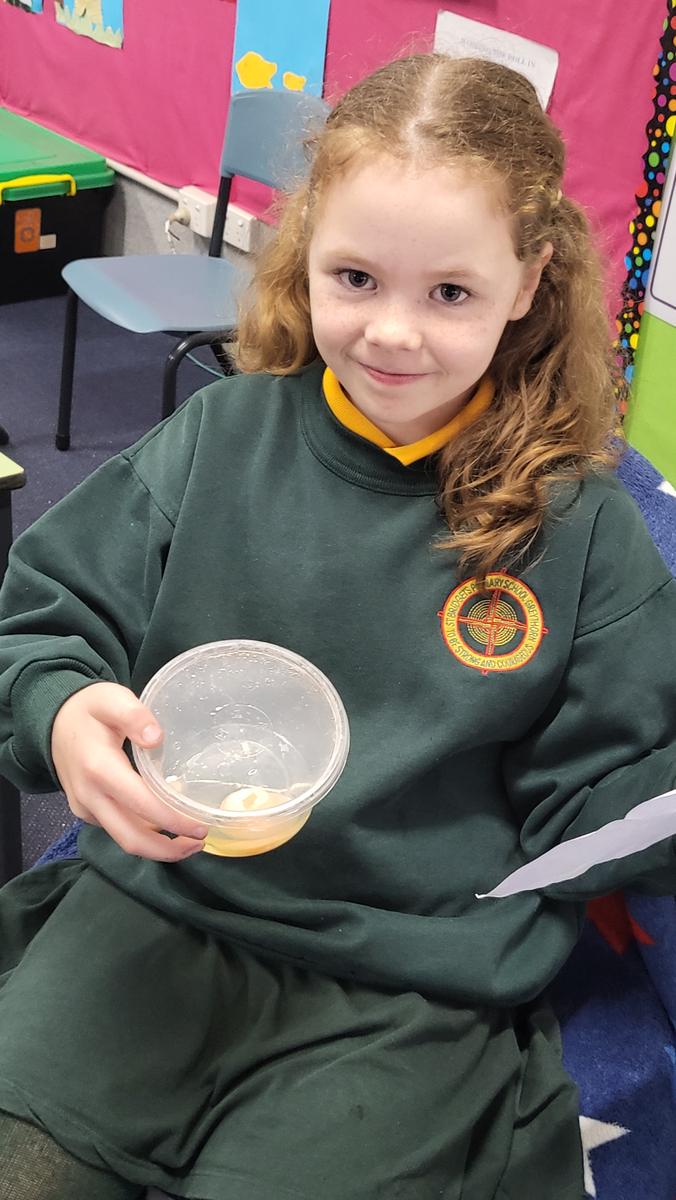
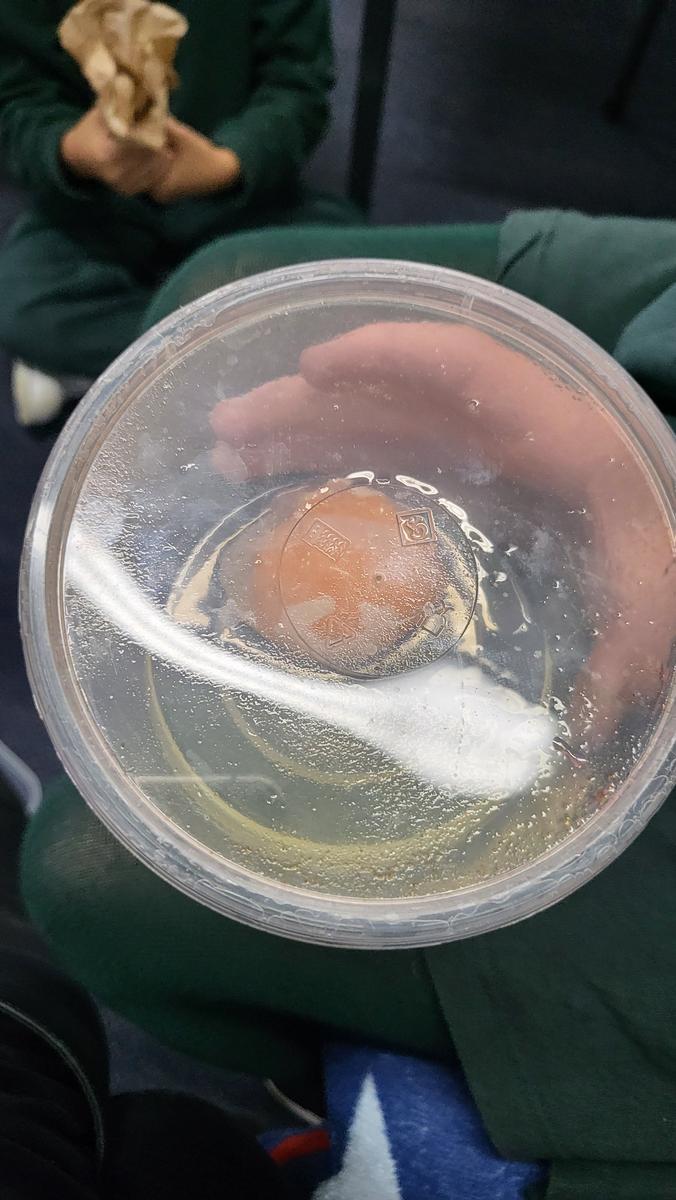


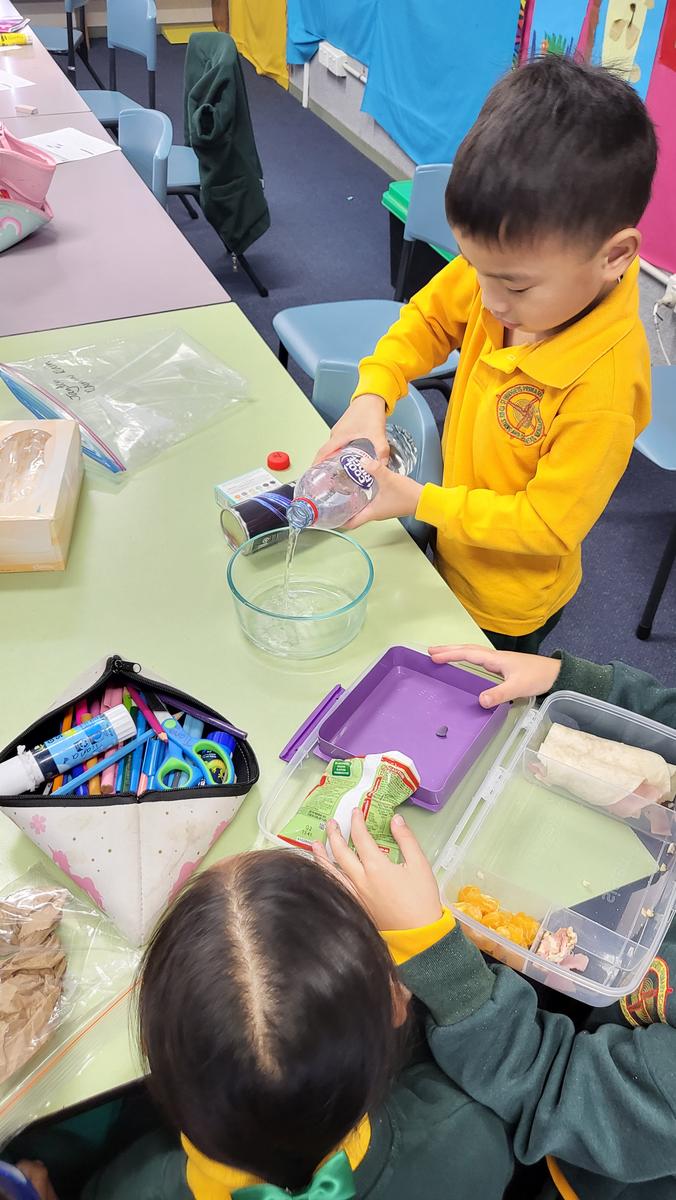

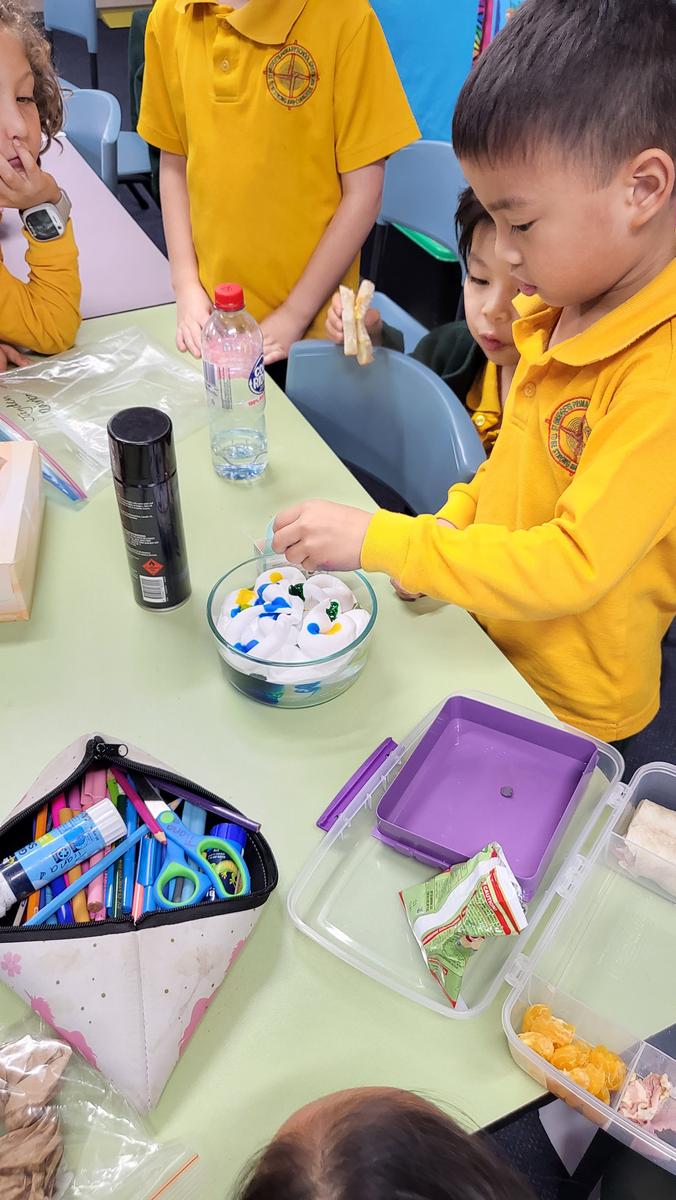







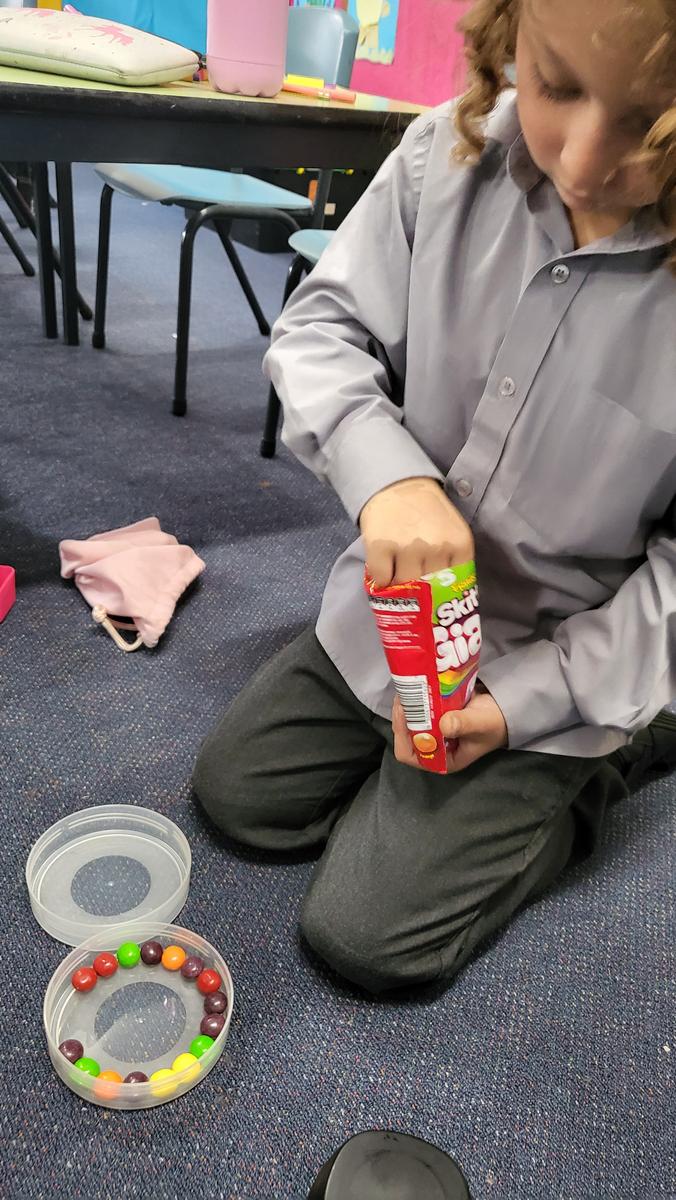



Over the last few weeks of term, the children in the Junior Learning Community learnt about 2D and 3D shapes in Measurement and Geometry. They understand that 2D shapes are shapes with two dimensions such as width and height. These shapes are flat and cannot be physically held because they have no depth. Learning about 2D shapes is important for future geometric learning. If students don not recognize 2D shapes, they won't be able to recognize 3D shapes and will find geometry difficult in later years. The children went on to discover that 3D shapes can be physically held due to their third dimension being that of depth. They can name 2D and 3D shapes and they learnt about the properties of both these categories of shapes. The children were able to identify the faces, the edges and the vertices of various shapes presented to them. They had a great time making their own 3D shapes and displaying these around the room. Well done JLC.

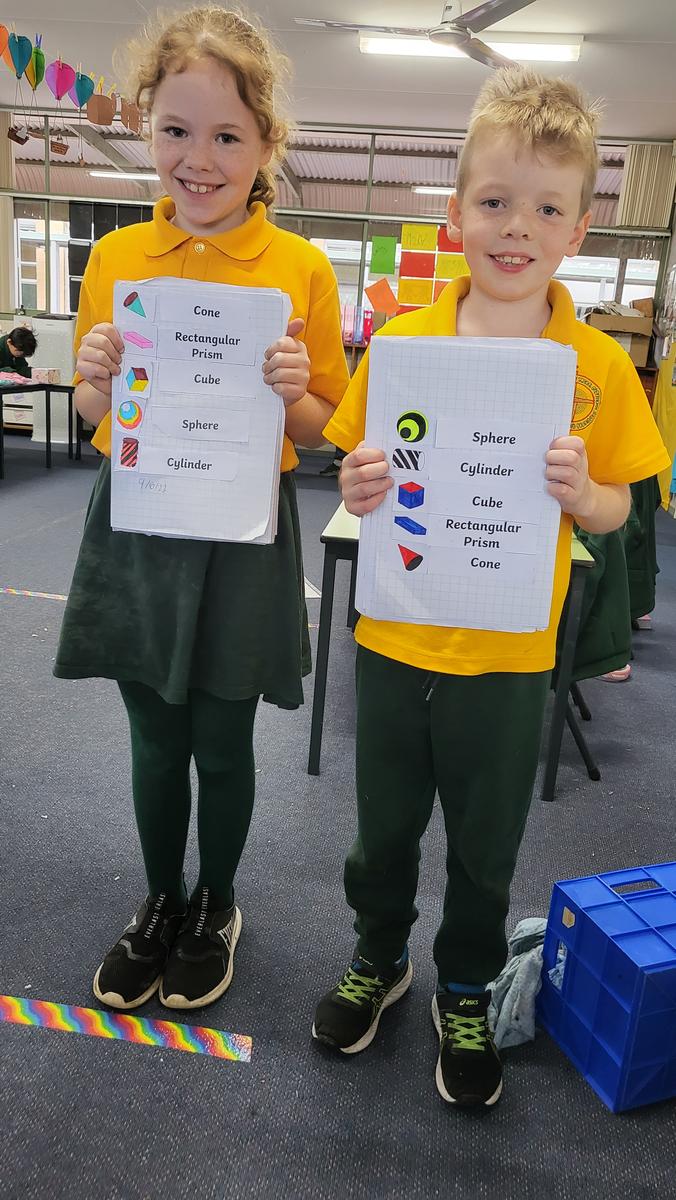



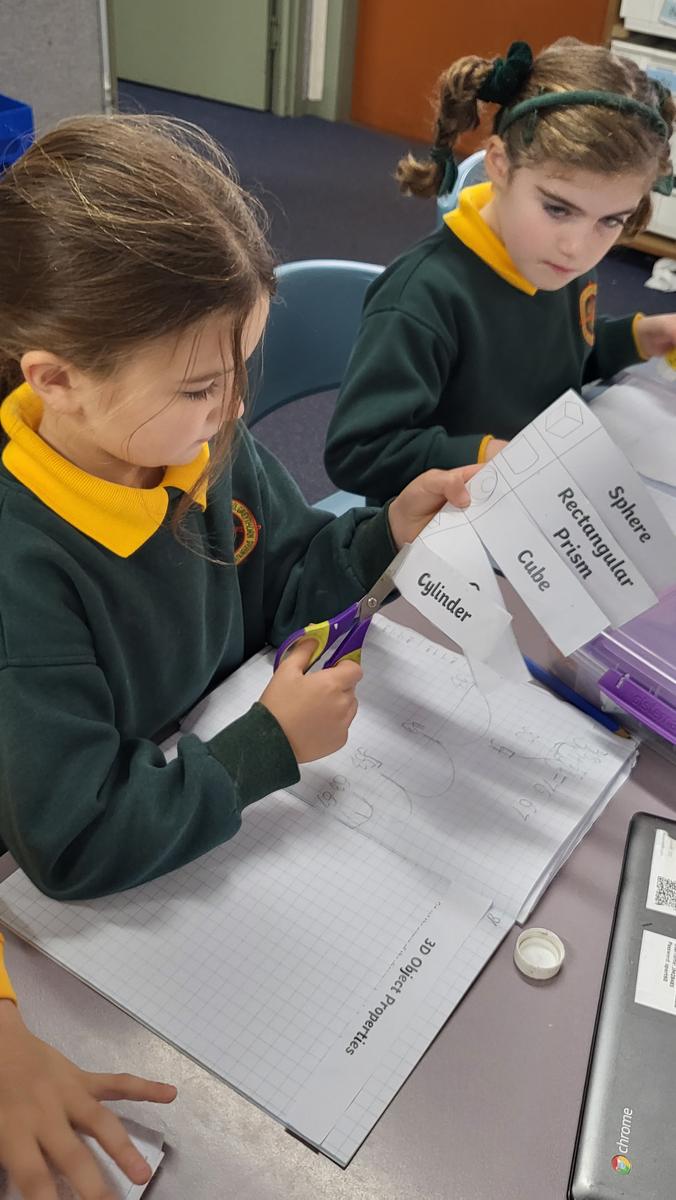






Bounce Back is a whole school approach that we have embraced at St. Bridget’s to provide strategies and materials at three levels to provide a positive educational approach to wellbeing, resilience and social emotional learning. Our topic last term in Bounce Back was Emotions. Through this unit the children were able to recognise and name their emotions.

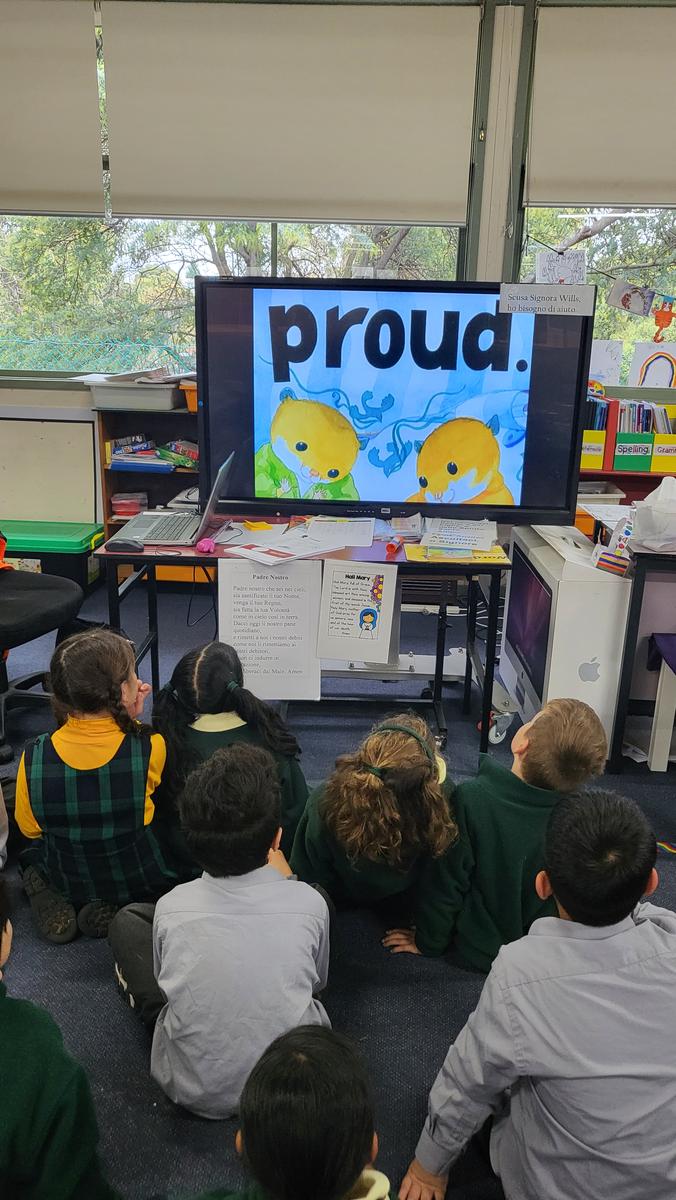
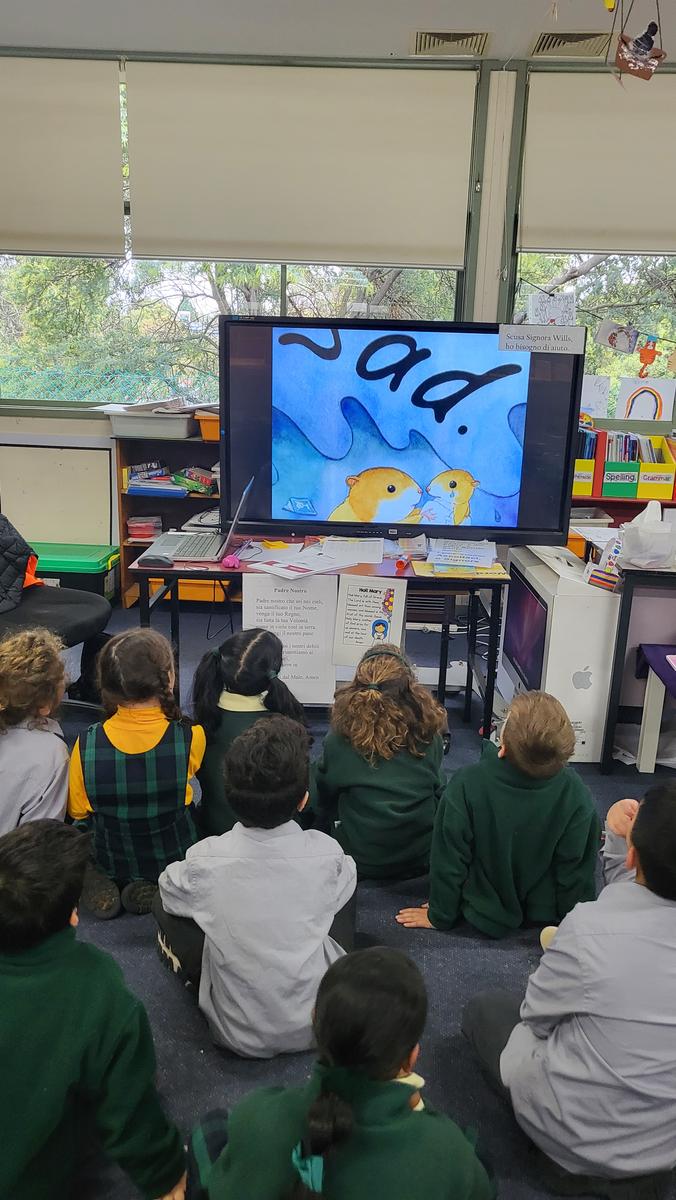



By being able to name their emotions they will be able to make choices about what to do and how to deal with them. The children have seen through various stories that emotions, both pleasant and unpleasant, are important and natural in their development. The children were given strategies on how to manage emotions such as anger, sadness and fear. They were also able to give their own coping mechanisms for dealing with different emotions. The children also learnt the meaning of empathy. Empathy is being able to know how someone else is feeling, even when you are not in the same situation. Sometimes, in more simple words, we call empathy being able to "put yourself in someone else's shoes" and see things from their point of view. The children learnt how empathy is important to respond positively to another person’s emotion.
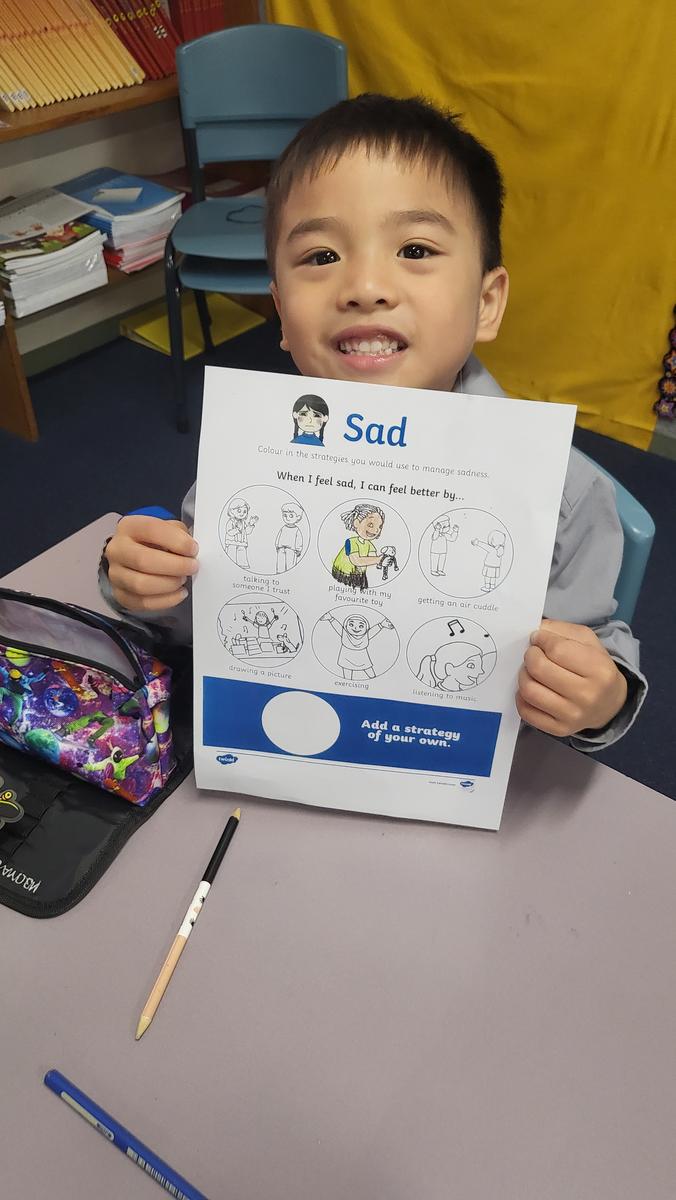

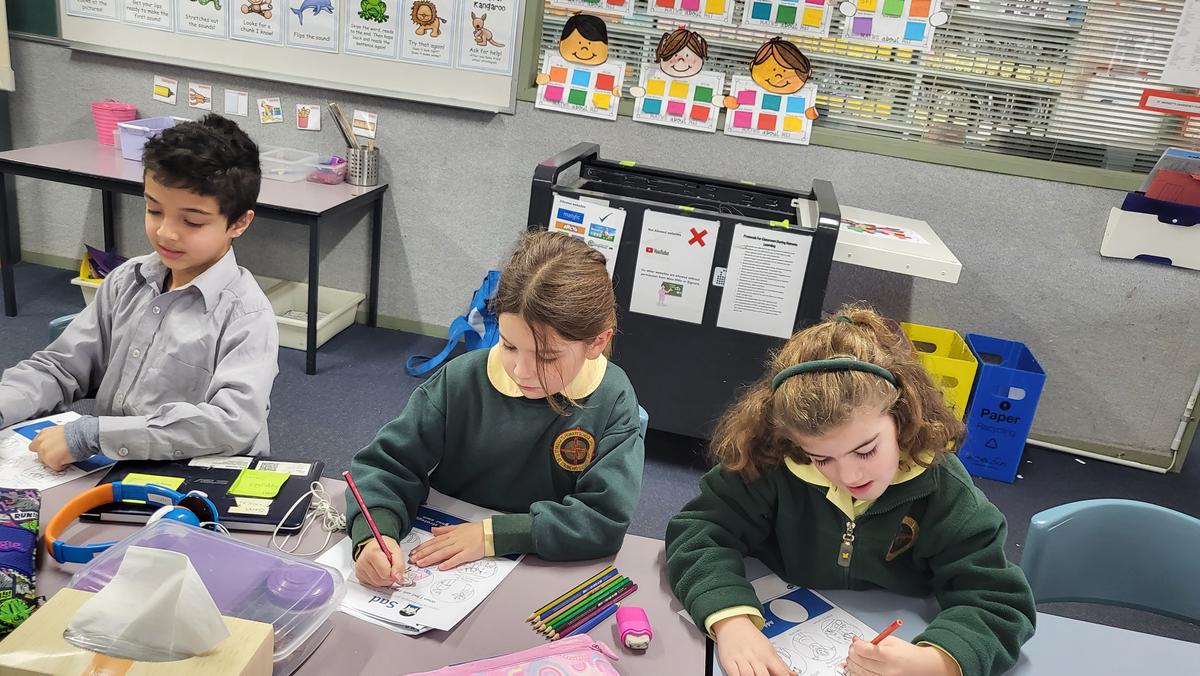
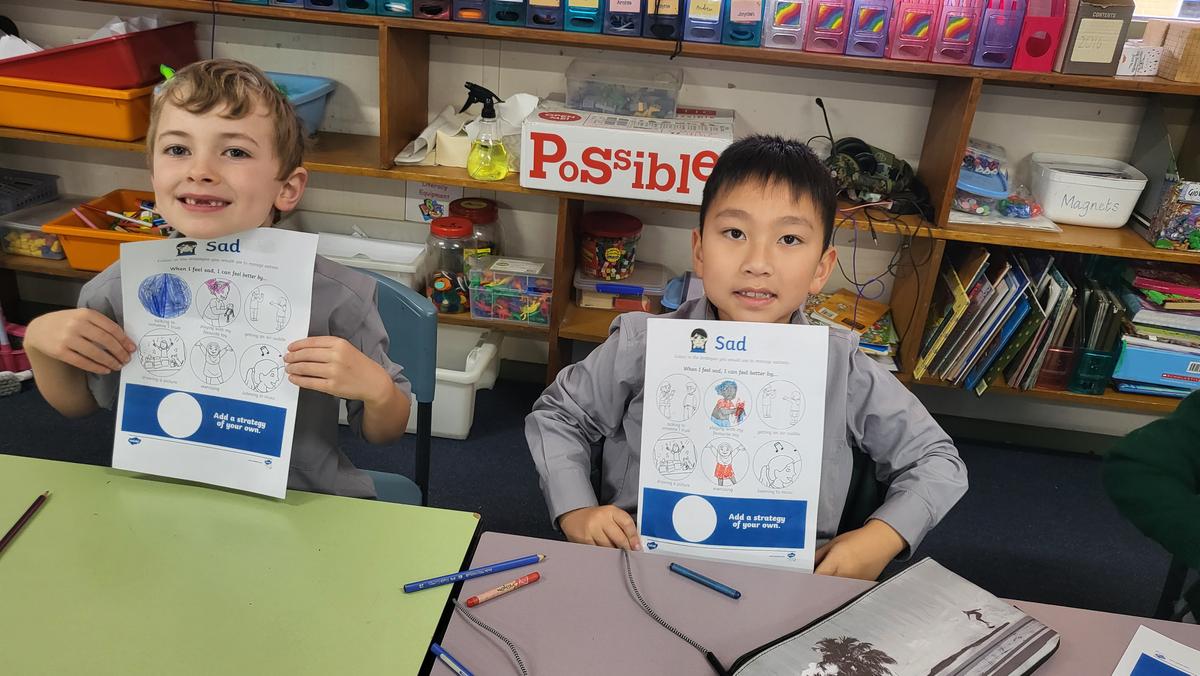




During Maths lessons, games are often an integral part of learning. They can be used to introduce a topic or to reinforce a concept in a fun and engaging way. JLC students have been learning about doubles and to improve their recognition of these, we played a game called ‘Doubles’. The game is played with two players and uses two dice; we used 10 sided dice with the numbers 0-9. While one player is rolling the dice trying to get a double, the other player starts writing the numbers from 1 to 100 as quickly as they can. If the player rolling the dice rolls a double, they shout, “Doubles!” and the two players swap roles. The winner is the person who writes all the numbers to 100.
The great thing about this game is that it can be modified to suit different skill levels or to reinforce different concepts. For example, players could count by 2s, 3s, 4s, 5s or 10s and the end number could be less or greater than 100. Players could also practise writing their times tables as quickly as possible or even number bonds to 10.
Kind regards
Signora Gina Michieli and Miss Carly Wills
JLC Classroom Teachers